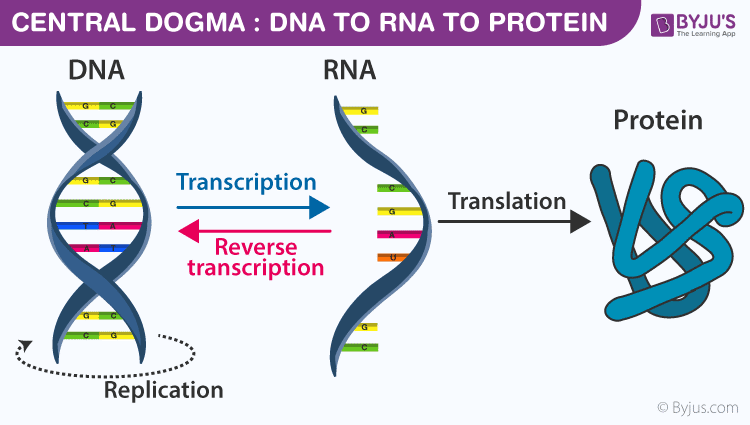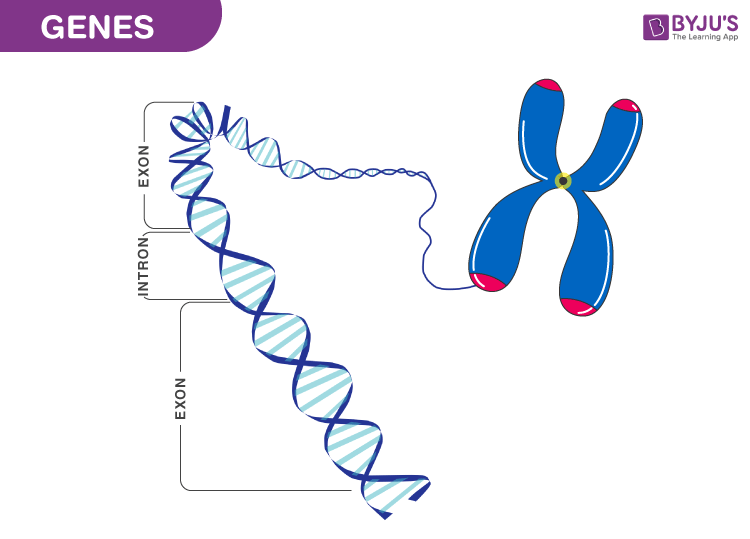Coding DNA
Coding DNA has genes that encode for protein. The coding region has the nucleotide sequence that codes for proteins. They can transcribe, translate and produce new proteins. These proteins have structural, functional as well as regulatory importance in the cell. The percentage of coding DNA is less than the noncoding DNA.
The protein encoded sequences of coding DNA are transcribed to mRNA. The mRNA is translated into amino acid sequences. These sequences make the proteins.
Transcription and Translation
Transcription is a process by which a segment of DNA is transcribed into RNA. These RNA molecules can encode for proteins and are termed mRNA. The process by which the genetic information in mRNA is coded into proteins is termed translation. This process usually happens outside the nucleus.

Noncoding DNA
Noncoding DNA does not encode for proteins. Some noncoding DNA undergoes transcription to form noncoding RNA. They include rRNA and tRNA. Also, they regulate the protein coding sequences. The quantity of noncoding DNA greatly varies among species.
Also see: Gene Regulation
Difference between Coding and Noncoding DNA
Coding DNA |
Noncoding DNA |
|
They have a DNA sequence to encode for proteins. |
These DNA sequences do not encode for protein. |
|
The coding sequence has exons. |
It has regulatory elements, introns, repeating sequences, pseudogenes, and telomeres. |
|
They are approximately 1% of our total genome. |
They form around 99% of our genome. |
|
They encode proteins that have regulatory, structural, as well as functional importance. |
They control and regulate gene activity. |
Also Read: Genetic Code
Frequently Asked Questions
What is junk DNA?
What are pseudogenes?
Pseudomonas are a type of noncoding DNA sequence. This sequence has lost its ability to encode for proteins. They usually arise from the genomic duplication of the functional genes. They become non-functional due to the accumulation of mutations.
What is a genome?
An organism’s fully finished DNA set is called a genome. It contains the complete genetic information to maintain an organism. This includes both the coding and noncoding DNA sequences. Also, a human genome has approximately around 20,000 genes.
What are exons and introns?
Exons are interchangeably used with coding sequences. They are nucleotide sequences present in mRNA that encodes proteins. Introns are the non-coding sequences that are usually spliced before translation. They are removed before the mRNA from the nucleus goes to the cytoplasm. Exons are usually interspersed within the introns.

Extended Reading: Difference between Exons and Introns
Keep exploring BYJU’S Biology for more exciting topics.
Comments